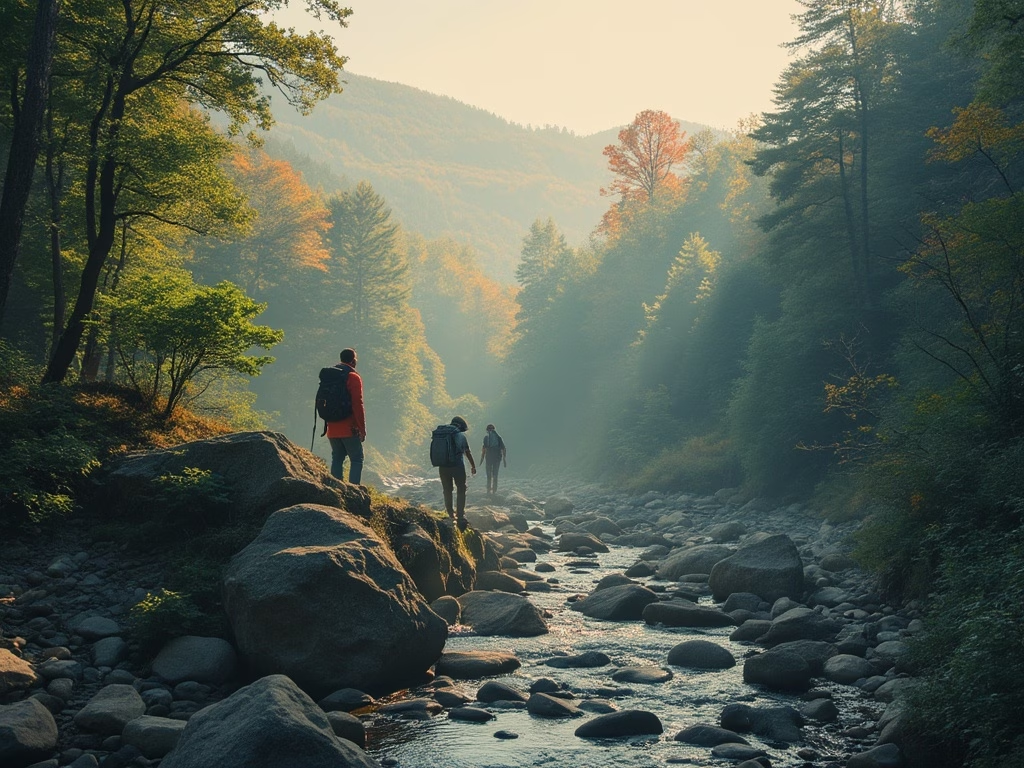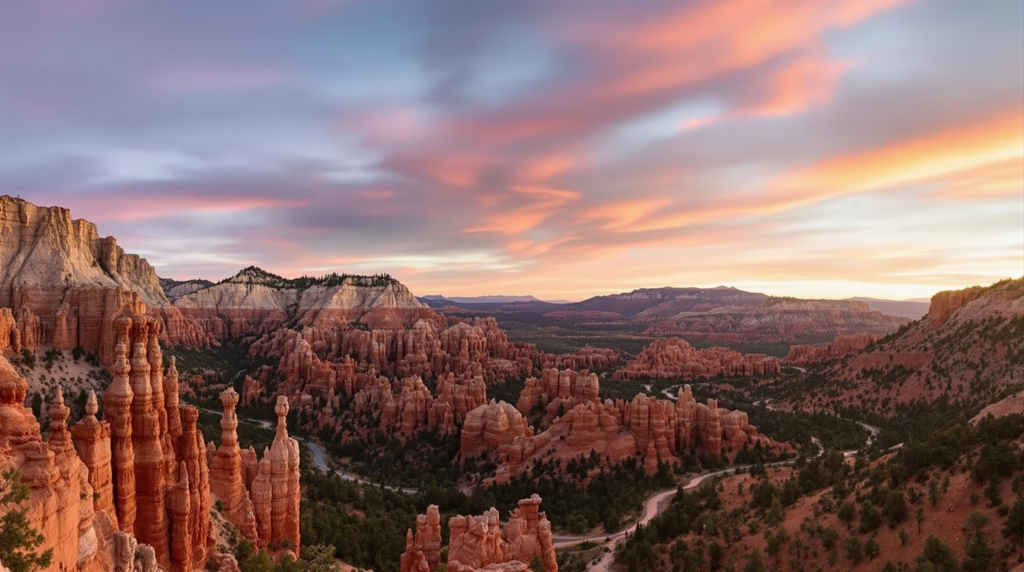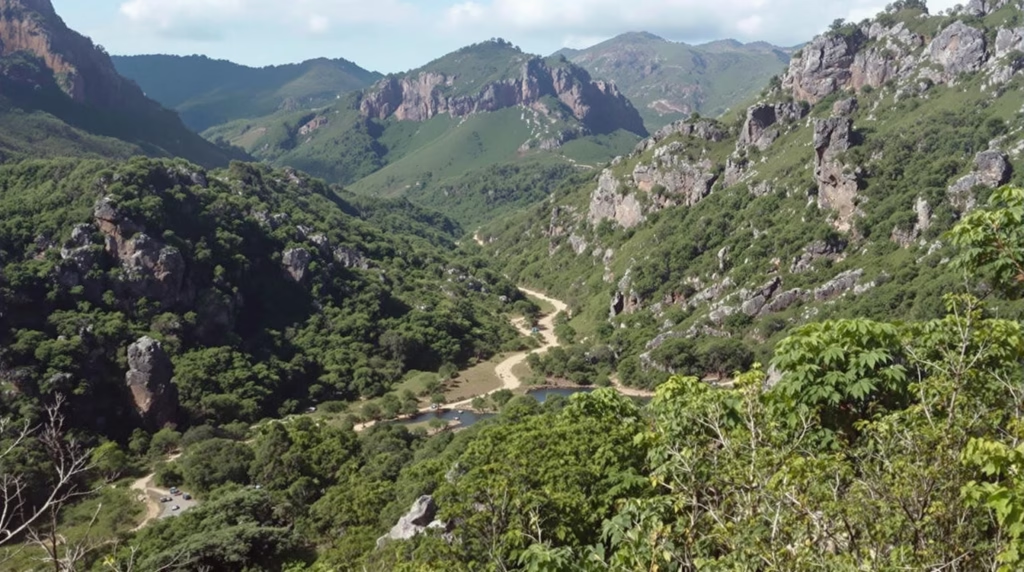National park visits are experiencing a dramatic shift in duration. Recent data reveals a significant decrease in average visit times across several iconic parks, prompting a reevaluation of how visitors engage with these natural wonders. This trend poses both challenges and opportunities for park management and visitor experiences.
Key Takeaways:
- Average visit durations have decreased in multiple national parks
- A minimum of 1-3 days is recommended for most park visits
- Overall park visitation increased in 2023, reaching 325.5 million recreation visits
- Multi-park itineraries require careful planning and consideration of regional factors
- Balancing accessibility and conservation is crucial for park management
The Changing Rhythms of National Park Visits
National parks have seen a notable shift in visitor behavior over the past few decades. Yosemite National Park, for instance, has experienced a dramatic reduction in average visit duration. In the early 1990s, visitors typically spent around 27 hours exploring the park. By 2011, this figure had plummeted to less than 17 hours.
This trend isn’t unique to Yosemite. The Grand Tetons saw average visit times drop from 10 hours to 6.5 hours over two decades. Similarly, the Grand Canyon and Cape Hatteras experienced 10% and 19% decreases in average visit times, respectively.
Several factors may contribute to this shift. Increased accessibility through improved transportation and infrastructure allows visitors to see more in less time. The rise of technological distractions and changing travel patterns also play a role. These trends present new challenges for park management, as they must adapt to provide meaningful experiences in shorter timeframes while managing their online presence to engage visitors before and after their trips.
Optimal Durations for Immersive Experiences
Despite the trend towards shorter visits, I recommend allocating adequate time to fully appreciate each park’s unique offerings. As a general guideline, plan for a minimum of one day per park, extending to 2-3 days for larger parks like Yellowstone and Glacier.
For those embarking on a multi-park road trip, an ideal duration is 2-3 weeks. This allows for a more relaxed pace and deeper exploration. When planning your itinerary, factor in 0.5-1 day of travel time between parks and limit daily driving to 4-6 hours for a more enjoyable experience.
The ideal visit length varies based on several factors:
- Park size and layout
- Number and variety of attractions
- Seasonal considerations (weather, wildlife activity, crowd levels)
- Desired activities (e.g., hiking, photography, wildlife watching)
For truly immersive experiences, consider activities that require extended stays. Backcountry hiking, multi-day rafting trips, or dedicated wildlife watching often necessitate longer visits but offer unparalleled connections with nature.
Recent Visitation Trends
Despite shorter average visit durations, overall park visitation is on the rise. In 2023, national parks recorded 325.5 million recreation visits, totaling 1.4 billion recreation visitor hours—a 4% increase from 2022.
Several parks experienced record-breaking visitation in 2023, including Dry Tortugas, Congaree, Joshua Tree, and Glacier Bay National Parks. Joshua Tree, in particular, saw a significant 7% increase, welcoming 3,282,575 visitors.
This surge in popularity presents both opportunities and challenges. While increased visitation can boost local economies and foster greater appreciation for nature, it also puts pressure on park resources and can impact the visitor experience.
To address overcrowding, parks are implementing various strategies. Joshua Tree, for example, introduced a “Peak Hours Plus” policy to manage visitor flow during busy periods. These measures aim to strike a balance between accessibility and conservation, ensuring that future generations can continue to enjoy these natural treasures.
Regional Itineraries and Considerations
When planning a multi-park adventure, consider regional itineraries that maximize your time and experience. Here are some suggestions for popular park clusters:
- Utah’s Mighty Five (Bryce, Zion, Capitol Reef, Canyonlands, Arches): 10 days to 2 weeks
- Wyoming and Montana (Glacier, Yellowstone, Grand Tetons): 2 weeks in spring or fall
- Dakotas (Wind Cave, Badlands, Theodore Roosevelt): 1 week
- Upper Midwest (Voyageurs, Indiana Dunes, Cuyahoga Valley, Isle Royale): 1-2 weeks
When crafting your itinerary, take into account factors such as park size, seasonal accessibility, crowd levels, and special activities. For instance, the North Rim of the Grand Canyon is only open from mid-May to mid-October, which may influence your travel plans.
Multi-park trips offer the advantage of experiencing diverse landscapes and ecosystems in a single journey. However, they also require careful planning to avoid feeling rushed. I recommend consulting comprehensive park guides and allowing flexibility in your schedule for unexpected discoveries or weather changes.
Remember, the goal is to create lasting memories and meaningful connections with nature. Whether you’re planning a quick weekend getaway or an extended exploration of Acadia’s hiking trails, tailor your visit duration to your interests and the unique offerings of each park. By doing so, you’ll ensure a rich and rewarding national park experience.
Sources:
ABC News
National Park Service
Voyages with Val
545 Travel
Here and There Club
Travel with Janice
YMT Vacations



